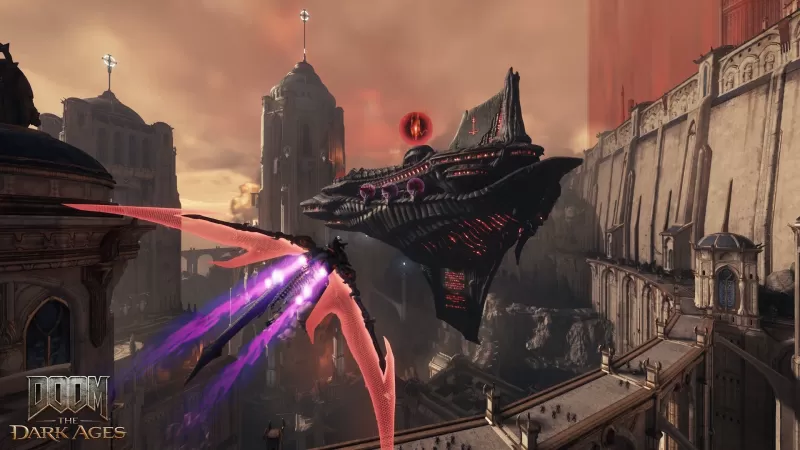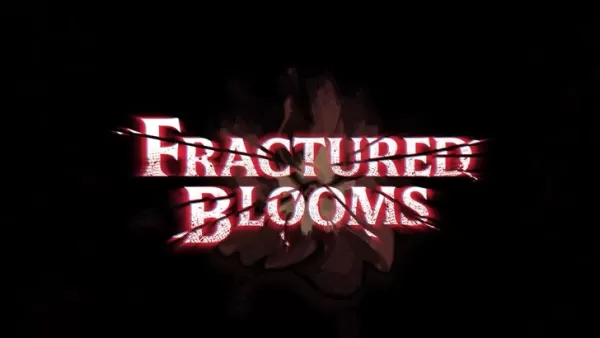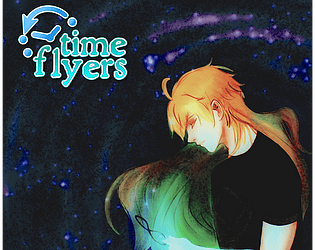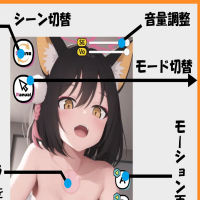

An Unexpected Halo Parallel Emerges
Halfway through my Doom: The Dark Ages preview session, I found myself drawing unexpected comparisons to Halo 3 - specifically during a breathtaking sequence where I mounted a cyborg dragon and rained machinegun fire upon a demonic warship. After neutralizing its defenses, I landed my winged beast and carved through the vessel's interior like a chainsaw through flesh, reducing its crew to crimson paste before blasting back out through the hull.
The parallels to Master Chief's iconic Scarab assaults became undeniable. While substituting Covenant cruisers for occult battleships and Hornets for holographic dragons, the fundamental experience shared that same exhilarating arc: aerial bombardment transitioning into visceral boarding action. Surprisingly, this wasn't the only Halo-esque moment during my two-and-a-half-hour demo. Though The Dark Ages retains Doom's brutal combat DNA, its campaign structure leans heavily into late-2000s shooter tropes - dramatic cutscenes, vehicle sequences, and explosive setpieces abound.
A Departure From Tradition
The demo offered four distinct gameplay experiences. Only the introductory mission maintained the relentless pacing and meticulous arena design characteristic of recent Doom titles. Subsequent levels saw me piloting towering mechs, commanding cyberdragons, and navigating sprawling battlefields teeming with secrets and elite adversaries.
This represents a seismic shift from the series' recent laser-focus on pure combat excellence, instead embracing the mission variety that defined classics like Halo and Call of Duty - albeit filtered through Doom's distinctive hyperviolent lens. Ironically, this direction echoes 2013's canceled Doom 4 project, originally envisioned as a more cinematic, military-inspired entry before being scrapped in favor of 2016's back-to-basics reboot.
A Cinematic Approach Emerges
The demo opens with an unusually lengthy cutscene establishing Argent D'Nur's lore through lavish visuals and dramatic storytelling - a stark contrast to the previous games' environmental storytelling. While NPC Night Sentinels populate the battlefield like Halo's Marines, mercifully these narrative ambitions never overshadow the core gameplay. Cinematics strictly bookend missions without disrupting Doom's trademark breakneck pacing.
The Double-Edged Sword of Variety
The Atlan mech and dragon sequences deliver undeniable spectacle but feel mechanically shallow compared to Doom's exquisitely nuanced gunplay. Wrestling demonic Kaiju offers thrilling scale yet lacks the strategic depth of regular encounters, while aerial combat feels disappointingly constrained despite its visual splendor.
The standout "Siege" mission redeems these shortcomings by expanding Doom's tactical gunplay into vast open battlefields. Suddenly, each weapon's effective range demands fresh consideration, shield timing becomes crucial against artillery strikes, and mobility options gain new strategic dimensions in these sprawling environments.
A Bold Experiment
The Dark Ages presents a fascinating contradiction - resurrecting concepts deemed incompatible with Doom's identity a decade prior, yet integrating them alongside the franchise's strongest combat system to date. While certain experimental moments underwhelm mechanically, the core gameplay remains exhilaratingly polished.
Whether these divergent elements will coalesce into a cohesive experience remains uncertain. But seeing id Software boldly reinterpret Doom's boundaries while maintaining its violent essence makes May 15th's release potentially one of gaming's most intriguing creative gambits.






























